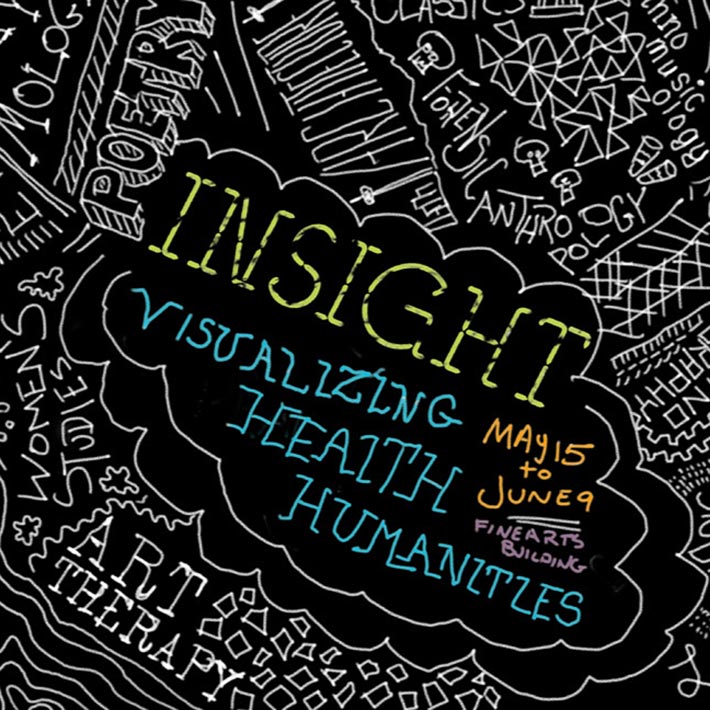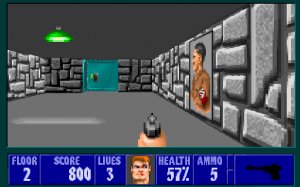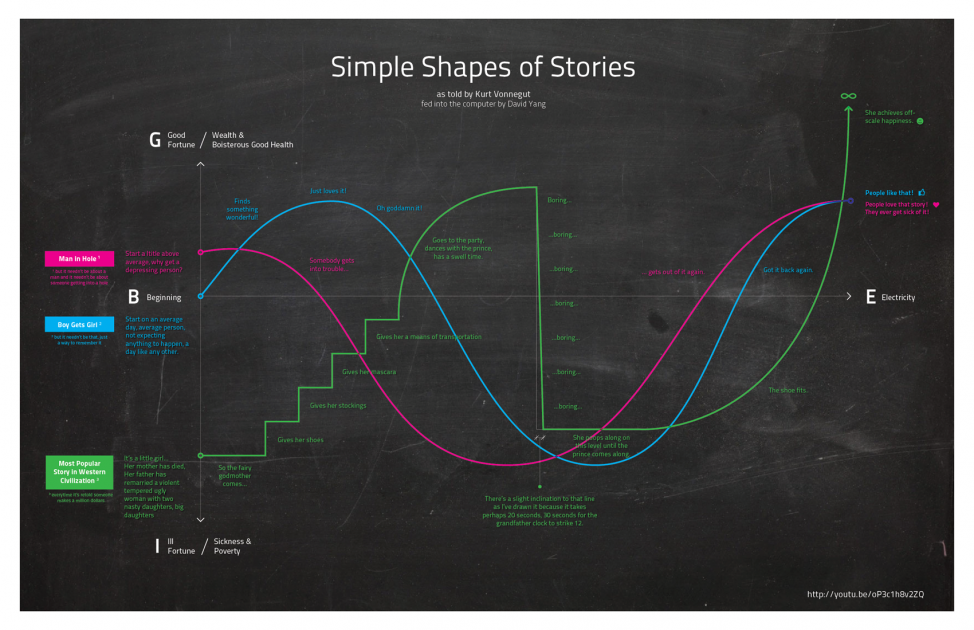The Globe and Mail had a very interesting article on how Twitter hands your data to the highest bidder, but not to you. The article talks about how Twitter is archiving your data, selling it, but not letting you access your old tweets. The article mentions that DataSift is one company that has been licensed to mine the Twitter archives. DataSift presents itself as the “the world’s most powerful and scalable platform for managing large volumes of information from a variety of social data sources.” In effect they do real-time text analysis for industry. Here is what they say in What we do:
DataSift offers the most powerful and sophisticated tools for extracting value from Social Data. The amount of content that Internet users are creating and sharing through Social Media is exploding. DataSift offers the best tools for collecting, filtering and analyzing this data.
Social Data is more complicated to process and analyze because it is unstructured. DataSift’s platform has been built specifically to process large volumes of this unstructured data and derive value from it.
One thing that DataSift has is a curation language called CDSL (Curated Stream Definition Language) for querying the cloud of data they gather. The provide an example of what you can with it:
Here’s an example, just for illustration, of a complex filter that you could build with only four lines of CSDL code: imagine that you want to look at information from Twitter that mentions the iPad. Suppose you want to include content written in English or Spanish but exclude any other languages, select only content written within 100 kilometers of New York City, and exclude Tweets that have been retweeted fewer than five times. You can write that in just four lines of CSDL!
It would be interesting to develop an academic alternative similar to Archive-It, but for real-time social media tracking.



